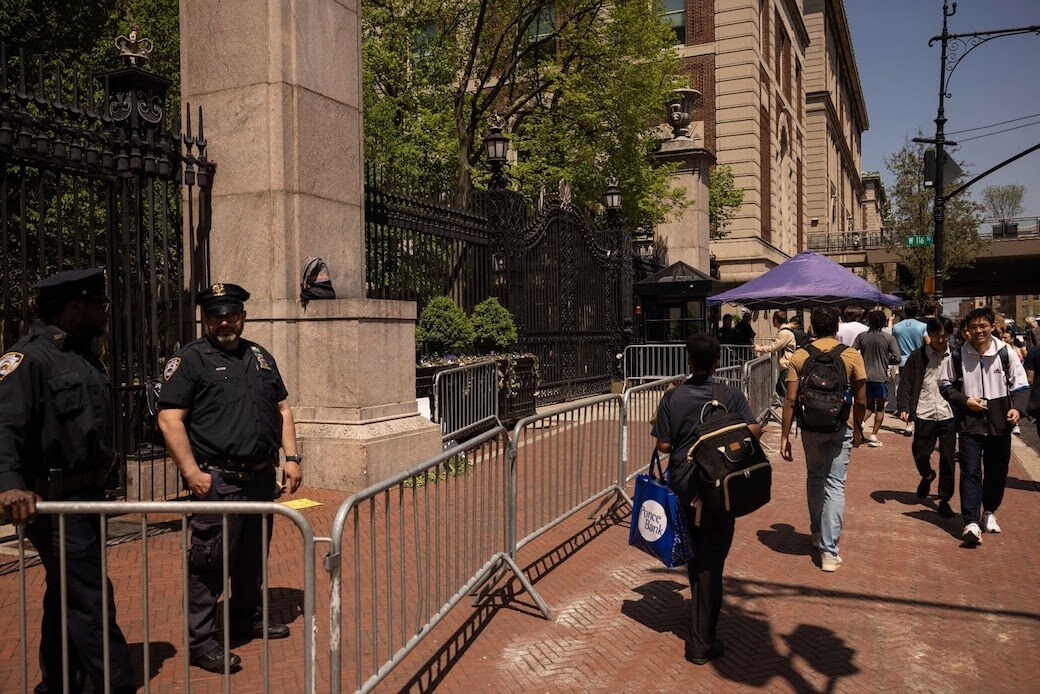An editor’s most predictable question to a reporter is: Does your story have a news peg? Events drive news coverage. They always have.
But something clearly has changed, forcing events, breaking news or the story of the day to drive the narrative more than ever.
When I arrived at the Houston Chronicle in May 2007, I supervised two immigration reporters, two reporters writing about Hispanic affairs and one reporter focused on the African-American community. After some restructuring and layoffs, I’m down to one immigration reporter. No one person is tasked with strictly covering the Hispanic community.
That arithmetic is easy for even this journalist: Fewer reporters means fewer enterprise stories, fewer projects.
It’s much easier to write about what happened, then to figure why something is happening or what’s going to happen.
A new report out this week suggests as much. The study, put together by the Pew Research Center’s Project for Excellence in Journalism and the Pew Hispanic Center, looked at thousands of stories in major media outlets from Feb. 9 to Aug. 9. The content analysis showed that just 645 of the 34,452 stories examined featured “substantial references” to Hispanics. That amounts to an abysmal 1.9 percent.
It gets worse.
Only 57 stories focused “directly on the lives of Hispanics in the U.S.”
So if most of the stories were not “focused coverage of the life and times” of Hispanics, as the report suggests, then what were we teaching the public about the nation’s largest minority group?
According to the report:
Here in Houston, a drug trafficking hub in a border state, the Mexican drug war takes up prime real estate on the front page. We have two reporters at the Houston Chronicle who spend much of their time documenting this story.
Immigration, especially of the illegal variety, moves Web traffic and impacts many readers. In our city, 28 percent of residents were born in another country.
Sotomayor was a no-brainer story in Texas, where 36 percent of the population is Hispanic. However, I’m fairly confident our numbers and those in Los Angeles, Phoenix and Miami are a little better percentage-wise in terms of stories about Hispanics that go beyond Sotomayor, the drug war or immigration.
Hispanics are a plurality population in Houston, so it’s difficult not to write about this ethnic group in areas of health, government, education, business and lifestyles. But something clearly has changed, forcing events to drive the narrative more than ever.
This isn’t just about manpower. It’s about time. Most of us contribute to blogs at our shops. Or we are feeding the online beast with urgent news. Or we are tweeting or live-chatting. That means less time brainstorming stories outside of the news cycle. We are now left with newsrooms increasingly relying on the easy crutch of breaking news and event coverage.
So are we doomed? Should we have listened to our parents and gone to law school?
No, and, well, maybe.
First of all, there’s good journalism borne from events or the current storyline sweeping our lives. Just this week for example, The Washington Post had a terrific front-page story on how second-generation Latino immigrants are confronting an unforgiving economy.
The perfect world solution, in today’s environment of dwindling resources, is focusing hard to make sure nearly every beat — from government to gardening — incorporates coverage of your most important diverse communities.
But the more practical solution may be to change the rules of the game. For the last two decades, we’ve talked about doing more, more, more. We need to do more stories illustrating the diversity of our community. That’s been the mantra.
Reality, however, may dictate that we just concentrate on doing things better. If another Pew study comes out next year and shows only 700 stories with substantial references to Hispanics, but the bar was raised on each of those stories, I would take it.
If each of those stories featured deeper reporting, stronger writing, more authentic characters, richer dialogue, more context, dynamic multimedia components, I would take it.
It’s a hard calculation to confront, but do we have much of a choice?





